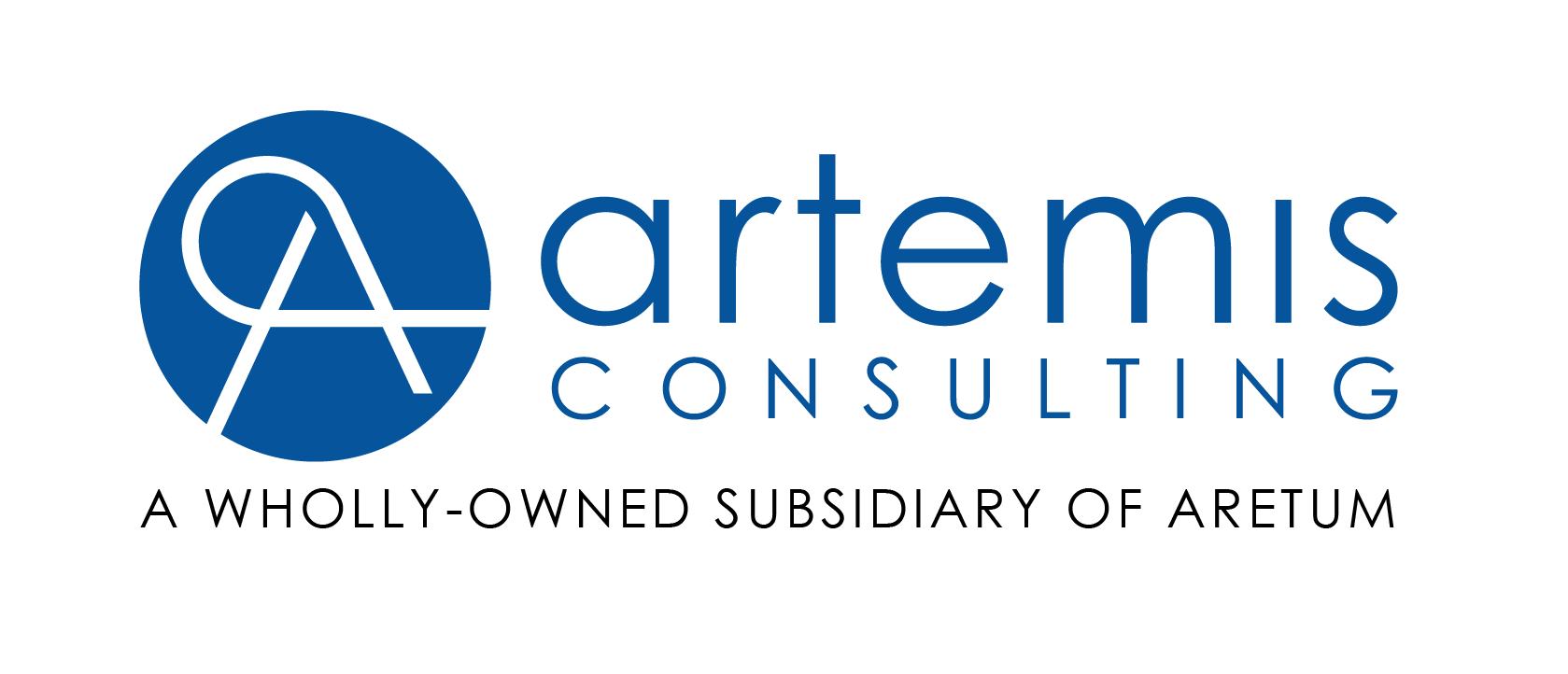
As promised, in the Program Management: One of the Most Misused Terms the first blog, in our series we addressed program and project management terminology, clarified it using simple language, and then, delved into helping you make decisions on when you might need a PMO and what type of PMO is right for you. In this blog, we are taking a step back to define the difference between a project and program to set the groundwork for future blogs.
Let’s make this as easy as possible. According to the Project Management Institute, a project is temporary with a defined beginning and end time, has defined scope and resources and is unique in that it’s created to accomplish a singular goal. Thus, project management is the management of this temporary effort to ensure it is achieved within its timeframe, staying within the scope and resources assigned to the effort.
In simpler terms, a Project is an organized set of activities to meet a specific goal or end result. Project management is the set of processes, procedures, and tools to oversee the project, track its ongoing results, and monitor its health. It has become common place for projects to start with a project charter – that codifies its objectives, defines success, and identifies all the participants. Projects use a project plan and schedule to codify the plan and the smaller tasks that will be needed/carried out to meet the objectives. Project reporting includes reports on budget, schedule, critical dependencies, obstacles, and progress. There are a number of other common artifacts that are used for project management which I am not addressing at this time – as that is not the goal here.
A Program, on the other hand, is a collection of related projects. Program Management is “…the centralized coordinated management of a program to achieve the program’s strategic benefits and objectives.” (See PMI’s Combined Standards Glossary—Second Edition)
So, what does it mean?
Think of a Program as ensuring and designed to meet an organizational strategy or objective. A Program is, therefore, a collection of projects that have the same common objective and need to be managed together to make sure the overall objective is met. A Program is not temporary. Programs also apply a set of common standards, processes, governance and annual budgets that oversee the successful execution of all projects within the program.
Managing multiple projects that are related as a Program optimizes schedules across the program, can illustrate the delivery of incremental benefits, as well as enable staffing to be optimized in the context of the overall program’s needs. Projects may be interdependent because the completion of one project might be dependent on the completion of a task in a different project, or there might be a limited number of resources with skillsets or expertise related to the overall objective that are needed across multiple projects. The key thing to remember is that meeting the overall objective might be hard without managing the projects together and completion of all of them.
I hope this clarifies some the mystery around these popular terms. In our next blog, we will break down the characteristics of projects and programs further.
